Sunday, September 22, 2024
Cat Photography 101 - Submitted by Myra Hencher
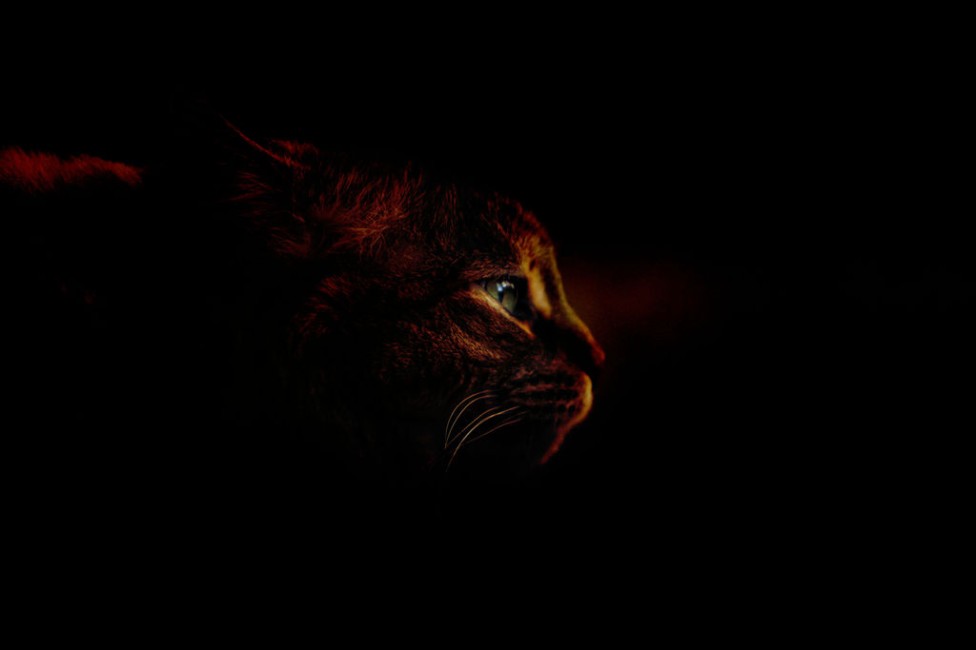 Have you ever heard the expression herding cats? If you haven’t, go do some cat photography to discover its true meaning.
Have you ever heard the expression herding cats? If you haven’t, go do some cat photography to discover its true meaning.
With the rare exception, you’re not going to find a cat who will follow posing instructions. Kitty calls the shots, so you, the photographer, need to remember who is really in charge during a feline photo session.
To that end, there are a few things you can do to increase the likelihood of great experience for you and for Kitty! For this article, we’re going to assume that the session will take place at the owner’s home.
Before the Session Consult with the Owner to learn more about their pet and to determine how the session will proceed.
Ask if Kitty has any mobility or sensory limitations.
Are there any noises that might frighten her?
Find our how Kitty usually reacts to strangers and changes to her environment.
Is Kitty receptive to treats or playing with toys?
What type of images would the owner like to, hopefully, have made? (Relaxed, playing etc.)
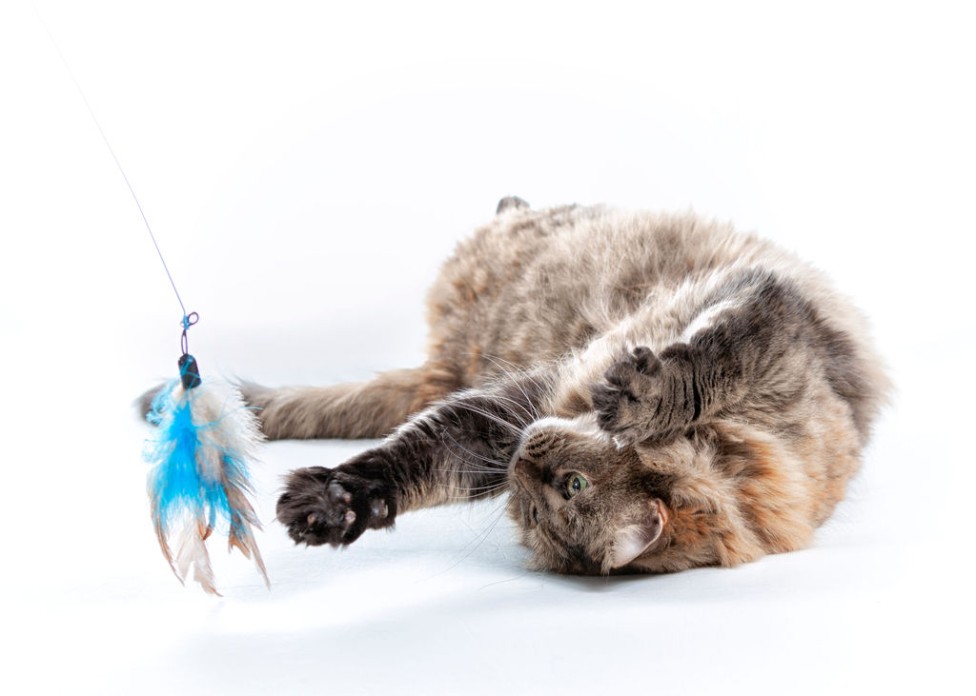
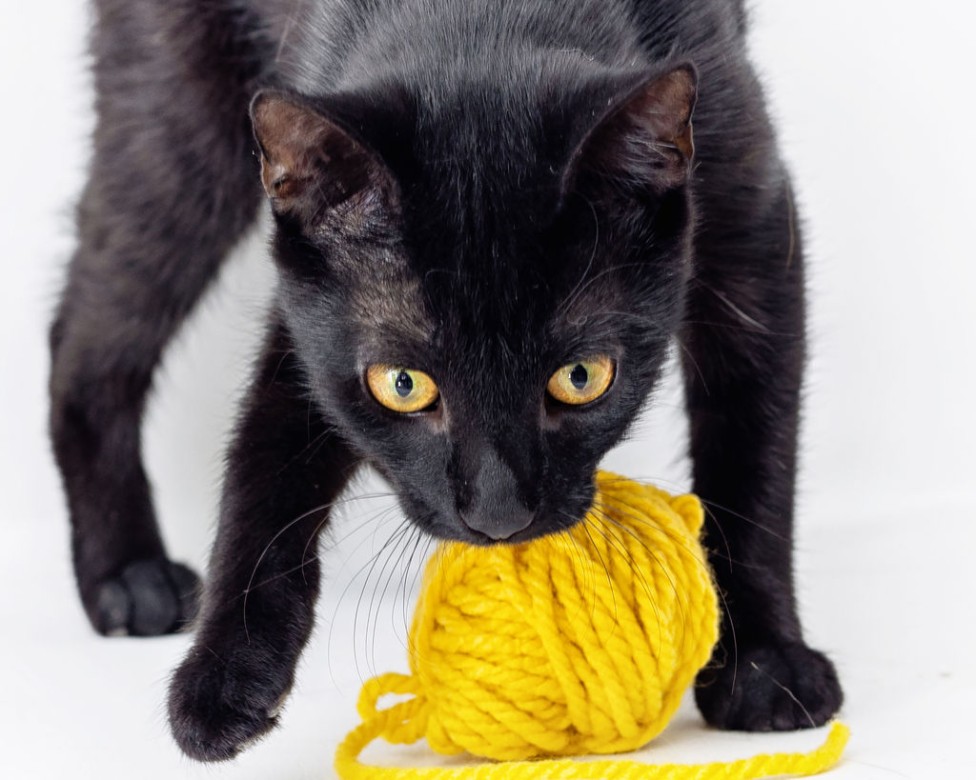
Determine where the session will take place within the home. Try to find an area that can be closed off and that has great natural light during the time you’ll be taking the photos in case Kitty isn’t handing flash well, or if you’d rather shoot natural light photos.
Ask the owners to have any mats removed from Kitty’s hair, if there are any, about a week before the session to allow the hair to grow back in a bit. (Just like not getting a really short hair cut the day before a people portrait!)
Let the owner know that the session will be about what makes Kitty happy. Just like parents sometimes fuss when little ones don’t act the way they expect at a session, pet owners have to be reassured that no matter how their kitty is that day, it will all be fine. You can even go an extra step and let them know that if Kitty is too stressed, the session will be halted and the owner can either reschedule or receive a refund. (Side note: I have a clause to that effect in my photo agreement.)
When planning your session time, leave yourself at least an hour to get some photos. Depending on the kitty, you might need a fair amount of time to just sit and chat with the owner before Kitty is relaxed enough to come out to play!
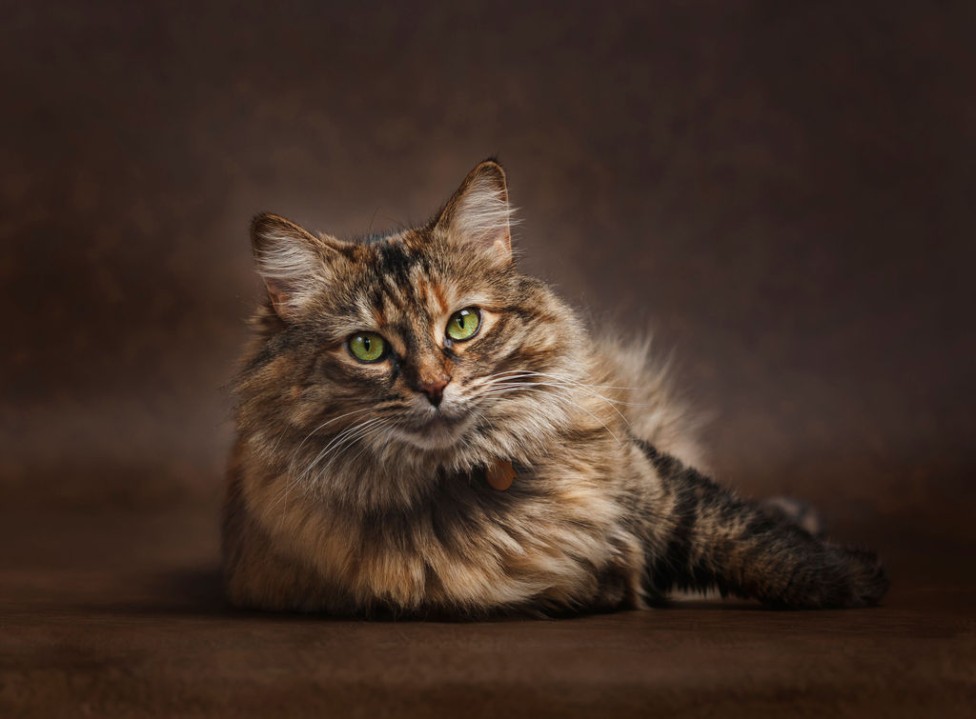
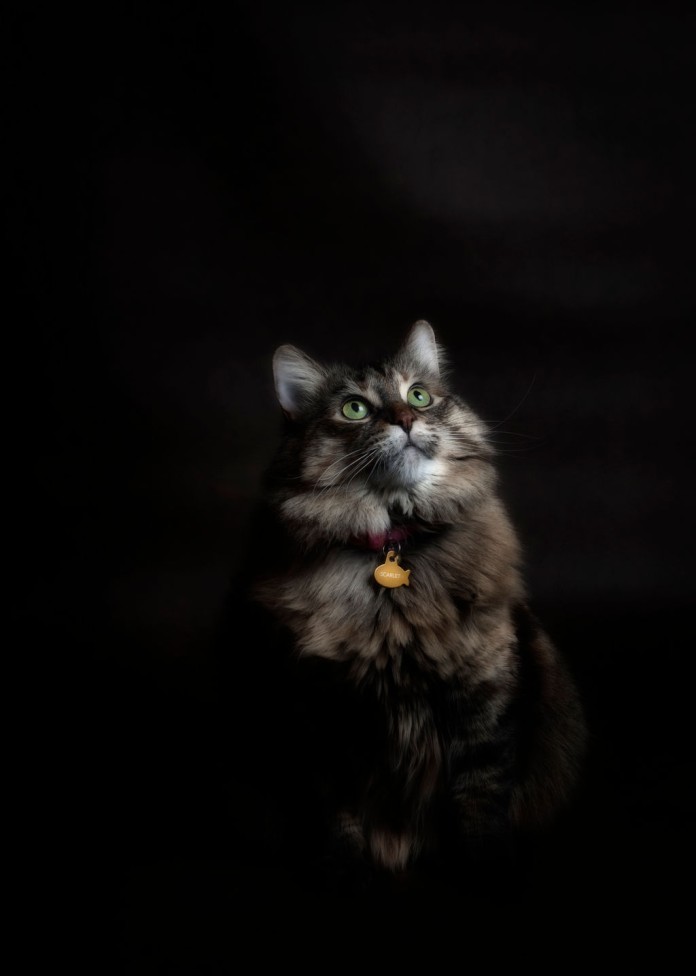
The Day of the Session starts with the camera still in the bag.
Have owners play with cat in advance to get some of its energy dispelled.
Do a quick inventory of the room to make sure it is safe. Cords should be out of the way, doors should be closed and glass ornaments should be tucked away in a safe place.
When you meet the kitty, get down at her level and allow her to approach you. Ask the owner if a treat can be given to break the ice. Keep your movements slow and your voice quiet. Settle yourself and relax. Animals will often pick up on our vibes. Take a deep breath and be happy to be there!
Test any lights you hope to use by flashing them at low settings against a wall to see if there is a reaction. If not, slowly flash closer to the kitty. If kitty is stressed, forget the strobe, crank up your iso and use natural light.
You will want at least one owner in the room with you. They can pick up the kitty and place her on chairs, in baskets or in/on/by other props you may have decided to use so you don’t risk kitty becoming afraid and scratching you. If the kitty isn’t happy with the prop or placement, do not persist. Move on to something else.
Camera Settings can vary depending on whether you prefer to shoot Manual or Aperture Priority.
If you like to shoot in full manual, the only thing I’d suggest is using a shutter speed of at least 1/500 in natural light. (Your camera and lighting capabilities will, of course, determine your shutter speed if using lights.)
Another good method is to shoot Aperture priority with your ISO on Auto for natural light or flash. When I use my older set of strobes, I then have to set my shutter speed to not exceed 1/160 as my old flashes are not High Speed Sync. (They are that old!) That works fine, though, as the flash freezes the action.
Can you use P or A in your camera modes? Of course, you can! Just check to make sure your camera is choosing a shutter speed that is fast enough to freeze the action. (Increase the ISO in P mode if it isn’t.) In A (full automatic) mode, you may need to make the room brighter.
Use any lens that you have that will work within the size of the room you’ll be in. Focus on the eyes. Always focus on the eyes.
Some ideas for capturing the images that will make the owners smile!
Sitting kitty on something like a stool, small table, back of a chair or a window ledge will often contain kitty for a few moments and give you a few extra seconds to compose and get your image.
Have some toys and quiet noise makers close by to use as needed. Little shaky sounds, like a bit of gravel in a plastic cup, are often all that’s needed to direct a kitty’s attention towards you. (There are a few apps you can also check out, but it’s cumbersome to work the app with one hand and use your camera with the other hand.)
Use Window light to your advantage with or without strobes or reflector: looking out window, looking out with a reflection and a silhouette are all nice images to try for.
Ask the owner to play with the kitty. A ball or string, a cat toy with a feather and little toy mice and ball can all be fun to use and incorporate into your session, and you will get some sweet images of Kitty as she amuses herself by jumping up to bat a feather or crouching to pounce on a toy mouse.
Get as low as you can, at cat level and don’t let your focus slip as cats can move so fast you might miss a great shot. She’ll stretch, groom, yawn, meow, stare attentively and do all manner of interesting things. You just have to go with them. It’s a lot like shooting sports!
Don’t forget the close ups of whiskers and toe beans and eyes and noses and maybe take a few very short video clips.
Above all else, watch for signs of stress such as flattened ears, and just stop if you notice discomfort. Nothing is more important that the kitty’s well being.
Before finishing your session, review with the owners the images that were most wanted as discussed during your consultation. If they have not already done so, I highly recommend inviting them to sit with or hold their kitty for a few images of the owner(s) with Kitty. Kitty doesn’t care if they’re not dressed for the occasion!
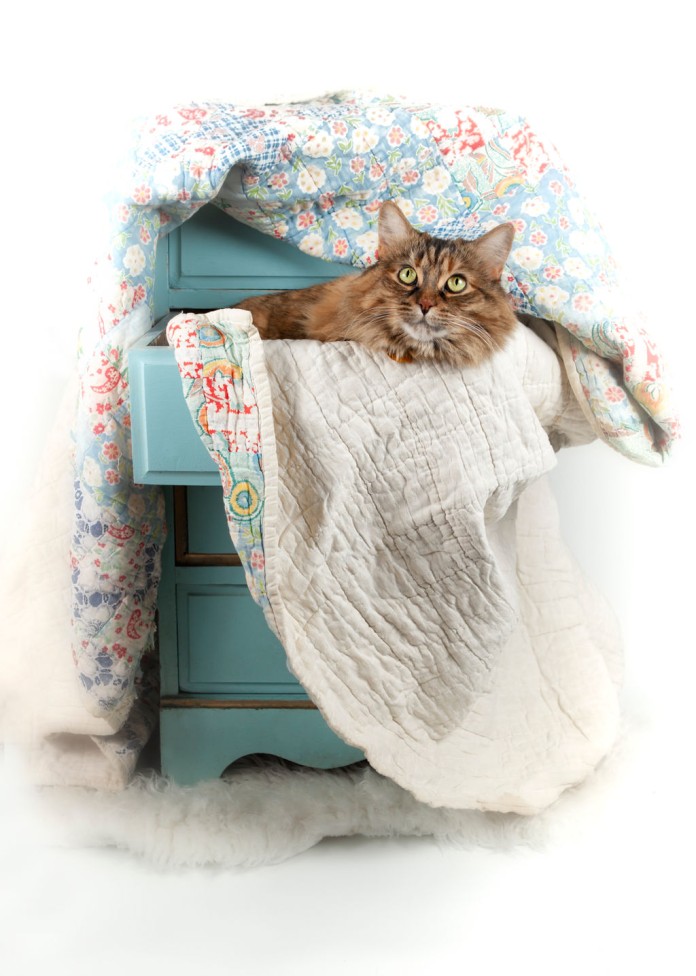
That’s pretty much it!
After a cat photography session, you might feel like you’ve just had an intense gym workout, or you might feel like you’ve just breezed through the easiest test ever. It all depends on your feline subject, but easy to photography or not, you’ll be glad that you went into the session prepared to give it your best!






